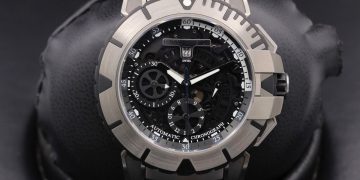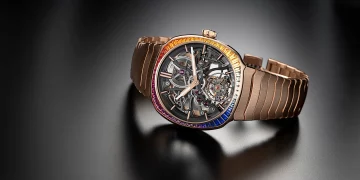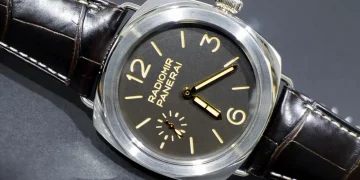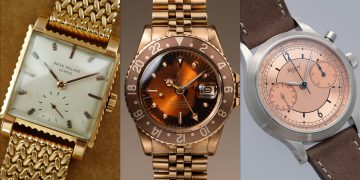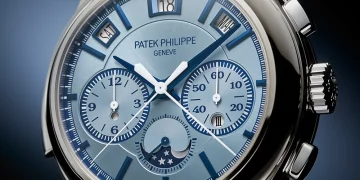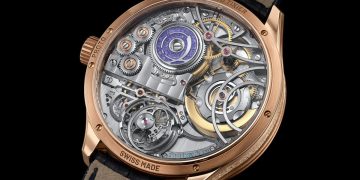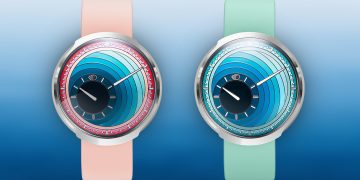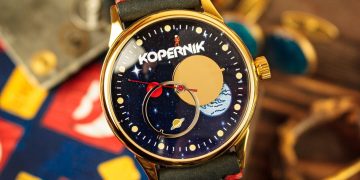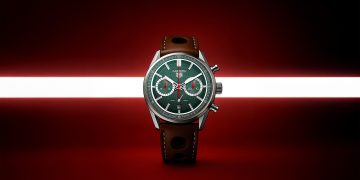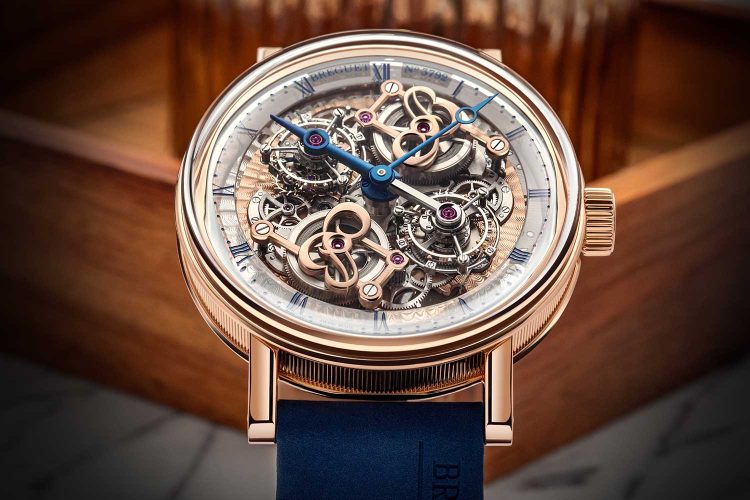Introduction: The Legacy of Forgotten Watch Brands
In the ever-evolving world of watchmaking, some brands stand out as household names, etched into history through their groundbreaking innovations. However, there are lesser-known names whose contributions have been largely forgotten but remain just as vital in shaping the modern timepiece landscape. One such brand, whose story is often overlooked, may have been the very first to introduce the concept of the luxury watch: Breguet.
Though not as mainstream today as Rolex or Patek Philippe, Breguet’s historical significance cannot be overstated. Many modern watchmaking features, including the tourbillon, the shock-resistance system, and the introduction of the first wristwatch for a Queen, can be traced back to this brand’s genius.
A Forgotten Genius: The Origins of Breguet
Breguet’s story begins in the 18th century, with a man who would become one of the most influential figures in horology—Abraham-Louis Breguet. Born in Neuchâtel, Switzerland, Breguet’s work revolutionized watchmaking, turning it from a mere craft into an art form that combined precision and elegance. By the time he opened his first workshop in Paris in 1775, Breguet had already set the foundation for what would become the hallmark of luxury watches.
One of Breguet’s most enduring achievements was his ability to integrate mechanical innovation with aesthetic beauty. His designs were not only practical but also highly attractive, appealing to aristocracy, nobility, and the ruling classes of Europe. This focus on refinement, exclusivity, and advanced functionality laid the groundwork for the luxury watch industry as we know it today.
Key Contributions: The Innovations That Changed Watchmaking
The Tourbillon: A Game-Changer in Precision
Breguet’s most famous invention is undoubtedly the tourbillon—a mechanical feature designed to counteract the negative effects of gravity on a watch’s accuracy. In the early days of horology, watches were powered by pocket movements, and they were typically kept in a fixed position, such as in one’s pocket. The gravitational pull would cause the watch’s escapement mechanism to become less accurate over time, especially when the watch was stationary. Breguet sought to solve this issue by creating the tourbillon in 1795, a rotating cage that housed the escapement and balance wheel, allowing them to constantly move and thus cancel out the impact of gravity.
Though the tourbillon’s primary use was for pocket watches (where gravity had a more noticeable effect), it has since become an iconic feature in modern luxury watches. Today, it is regarded as a symbol of high-level craftsmanship, and its inclusion in a timepiece adds considerable value and prestige.
The Breguet Hands and the Aesthetic Revolution
In addition to mechanical innovations, Breguet’s aesthetic contributions to watchmaking were groundbreaking. He introduced the Breguet hands, characterized by a distinctive, open-looped shape, which became instantly recognizable. These hands were not only functional but added a touch of elegance and sophistication to any timepiece, making Breguet watches stand out from the crowd.
He was also known for his use of engine-turned dials, which were elaborately decorated with intricate patterns created using a machine known as the “guilloché.” This added an extra layer of artistry and luxury to Breguet’s watches, making them coveted by royalty and the elite of European society.
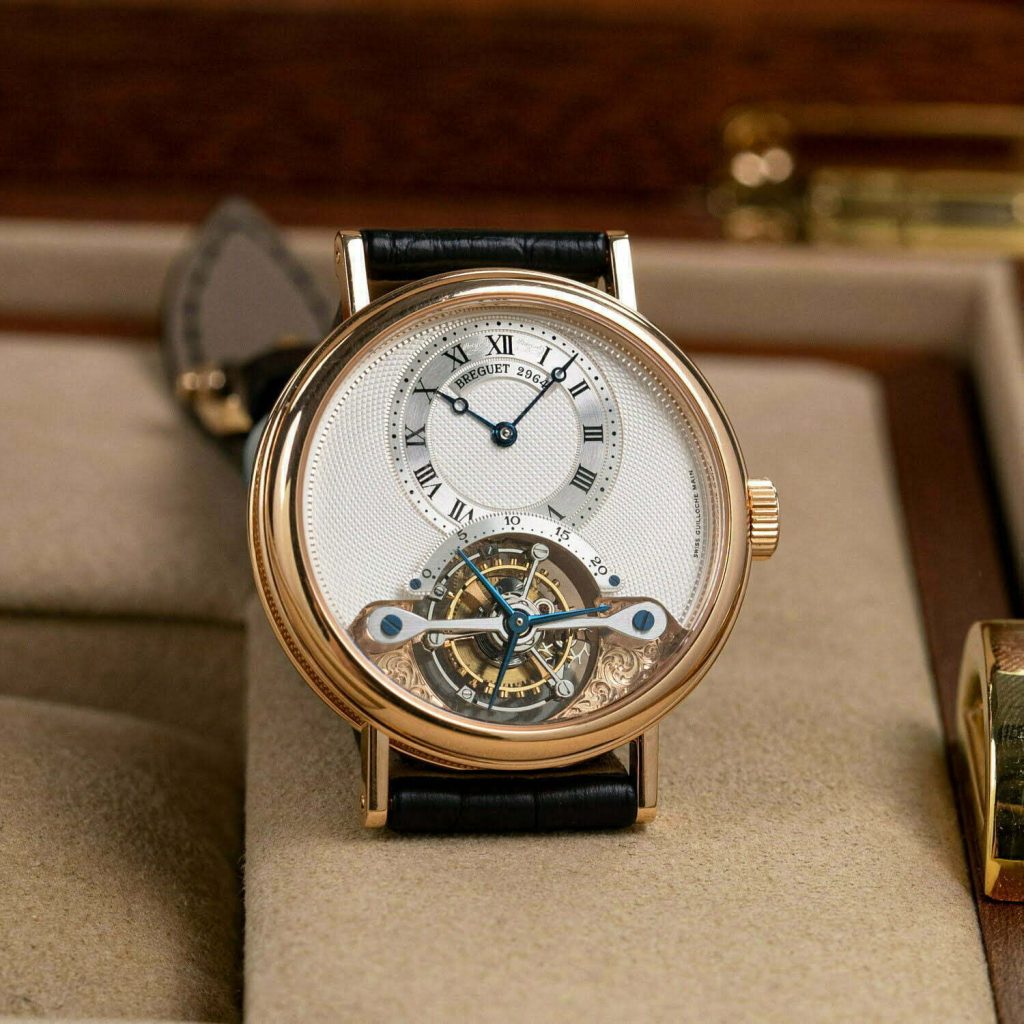
The First Wristwatch for a Queen
Breguet’s influence reached beyond technical innovations and aesthetic designs; he was also responsible for the creation of the first wristwatch for a woman. In 1810, Breguet crafted a watch for Caroline Murat, Queen of Naples and the sister of Napoleon Bonaparte. This wristwatch was designed specifically for her, a piece that combined the delicate nature of feminine elegance with Breguet’s trademark precision.
The creation of the wristwatch marked a significant turning point in horological history. While pocket watches were still the norm at the time, the Queen’s request for a wristwatch signaled the shift towards more wearable timepieces—a move that would lay the foundation for the widespread use of wristwatches in the 20th century.
The Legacy of Breguet in Modern Watchmaking
Despite the passage of time, Breguet’s innovations continue to shape the modern watch industry. Many of the leading luxury brands today, including Patek Philippe, Audemars Piguet, and even Rolex, have drawn inspiration from Breguet’s work.
The tourbillon remains a hallmark of high-end watches. Modern iterations of the complication are often found in limited-edition pieces that can cost hundreds of thousands, if not millions, of dollars. Similarly, Breguet’s distinct design elements, such as the hands and guilloché dials, continue to be used by high-end watchmakers to add a sense of artistry and exclusivity to their timepieces.
Perhaps the most enduring legacy of Breguet, however, is his ability to blend luxury with innovation. Luxury watches today are not simply about aesthetics or craftsmanship; they are about embodying a rich heritage of innovation, precision, and exclusivity. Breguet laid the groundwork for this vision, and his impact on the watchmaking world can still be seen in many of the top brands that dominate the industry.
Conclusion: The Forgotten Brand that Shaped Luxury Watches
In a world dominated by giants like Rolex, Patek Philippe, and Audemars Piguet, Breguet’s story is one that is often overshadowed by more popular names. However, the significance of this forgotten watch brand cannot be underestimated. Without Breguet’s contributions, the very concept of the luxury watch may never have come to be.
Abraham-Louis Breguet was not just a watchmaker; he was a visionary who understood the power of combining technical mastery with artistic beauty. His work remains a cornerstone of the watchmaking industry, and his legacy continues to shape the world of luxury timepieces today.
For those who seek to understand the true origins of luxury watches, it is essential to look back to Breguet—an innovator, a master craftsman, and a pioneer who invented not just a timepiece, but a whole new concept of what a watch could be.



